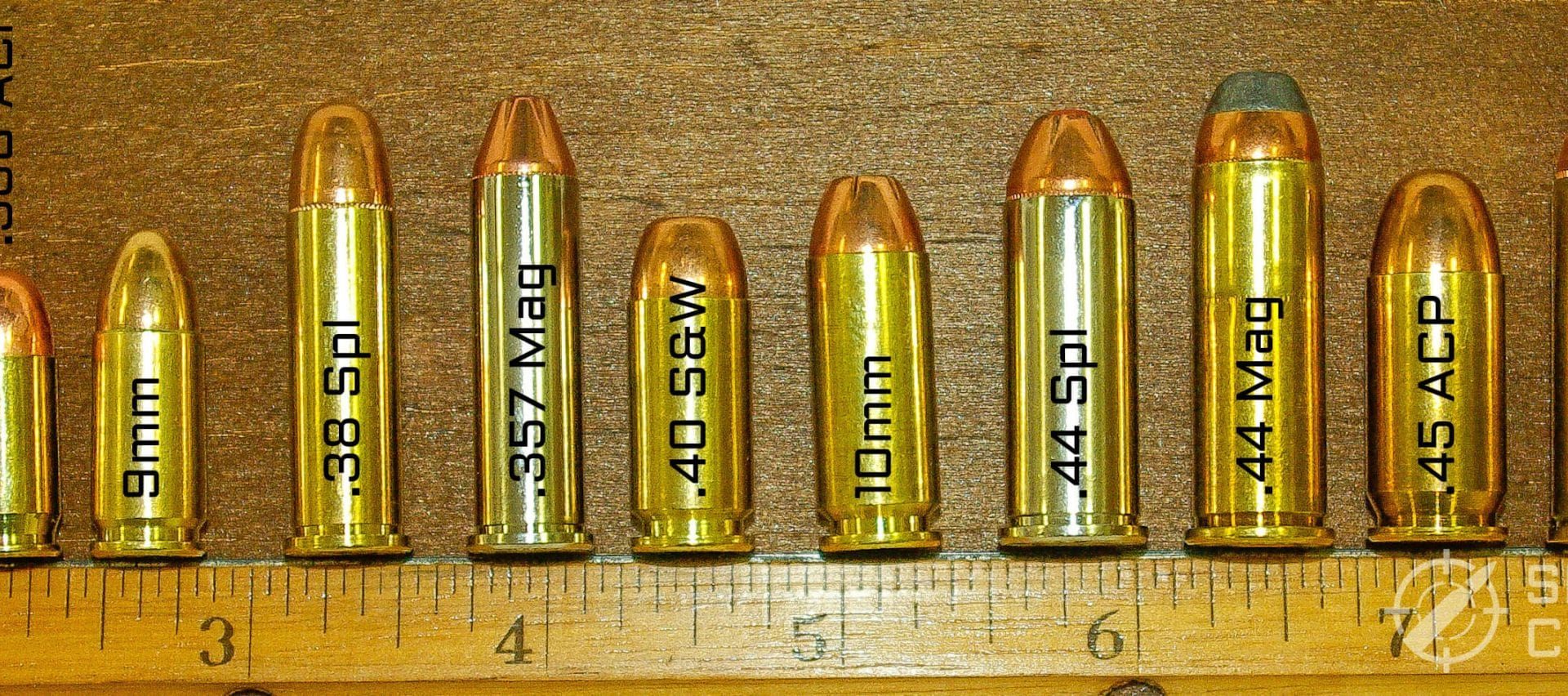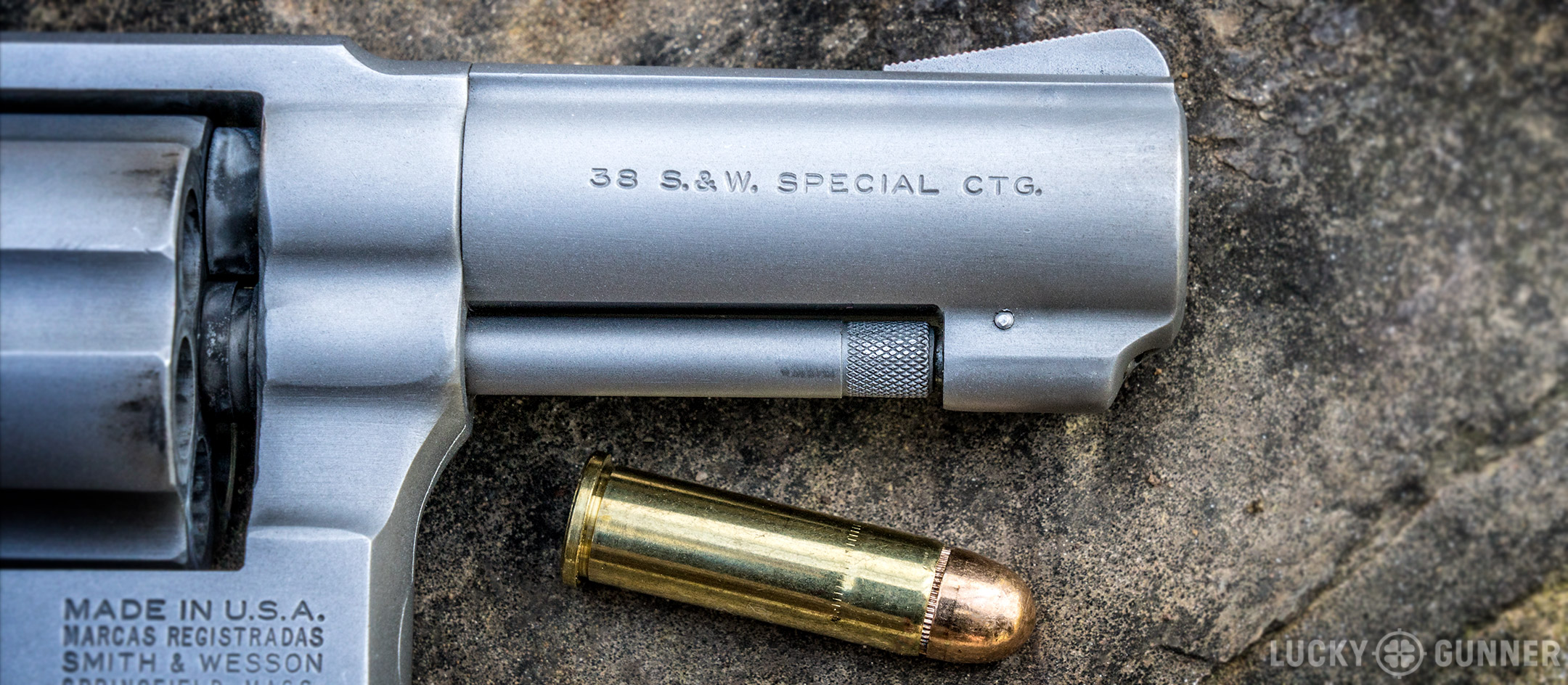Who Invented Bullets - This article needs more text to be verified. Please help improve this article by adding references to reliable sources. Faulty equipment can be recalled and removed. Find Resources: "Cartridge" Gun - News · Journal · Book · Scholar · JSTOR (September 2018) (Learn what and how to extract this sample)
4. A ring that gives the gunner a place to hold the casing to be removed from the chamber after firing;
Who Invented Bullets

Or round is a type of firearm that is preloaded with a flint (bullet, shot, or slug), propellant (usually smokeless powder or black powder), and an incendiary primer in a metal, paper, or plastic case made to fit. Firearm barrel chamber for transportation and handling during firing.
Bullet Types [the Ultimate Guide]
Although in popular usage the term "firearm" is often applied to the full cartridge, it is used only to refer to the projectile.
Cartridges can be classified according to the types of their primers - a small amount of interference - or according to the electronic-sit compound located: in the head of the case (cterfire); in the rim (rimfire); from the inside of the excretory wall of the hull, which looks like a cup (a cup, now obsolete); in the lateral projection, which is like a pin (pinfire, now obsolete); or lips (lipfire, now obsolete); or in a small nipple-like protuberance of the case (nipple fire, not now used). Today, only the crucible and the ring remain in use.
Soldiers and manufacturers continue to search for ammunition. Some rifle ammunition uses the same cartridge concept as in small arms. In other cases, the rocket is separated from the electric charge.
A cartridge without a shell is called empty; One that is completely inert (no active primer and no fuel) is called a dummy; The one that fails to ignite and burst the projectile is called a dud; And one that fires but doesn't do enough to force the shell out of the barrel is called a squib.
The Cartridge Collector
Different types of rifle cartridges: (1.17 HM2 (2).17 HMR (3.22LR (4).22 Win Mag R/F.22 WMR (5).17/23 SMc (6) 5mm / 35 SMc (7.22 Hornet (8) ).223 Remington (9.223 WSSM (10) -90) Sib
The cartridge was specially designed to break rifles. Prior to its introduction, shells and propellant were carried separately and had to be loaded from the muzzle into the gun before firing, with a separate igniting compound (from a slow match, a small gun charge in a flash pot, or a percussion cap) to fire. This loading process typically requires adding a paper/fabric pad and retracting the barrel to optimize the gas seal, and is therefore inconvenient and results in greatly limiting the value of fire to the heat of the weapon, making it difficult for the shooter to fight. (especially cavalry charges) as well as the difficulty of transporting ammunition.
The primary purpose of the cartridge is to provide a pre-assembled "all-in-one" device that is convertible to grip and transport, easily fit into the barrel mount (back d), and also provides drop protection. , moisture and element contamination or degradation. In today's self-loading rifle, the round can also be a trigger mechanism that uses some of the energy of the propellant (carried by the cartridge itself) and cycles to load new bullets to quickly re-fire.

For firing, the round is first placed in the "ready" position in the chamber along the axis of the bore (ie, in "battery"). When chambered, the cartridge closes in all directions except forward of the bore, with a reinforced clip or rear-locking bolt. When the trigger is pulled, the breech opens and releases the hammer/firing pin, causing the firing pin to impact the primer in the base of the cartridge. The shock chemical in the primer creates a jet of sparks that enters the case and ignites the main propellant charge internally, causing the powder to deflagrate (but not explode). This rapid exothermic combustion produces very energetic gases and creates very high pressures in the case, often causing it to ignite on the chamber wall. When the pressure builds up enough to overcome the rapid friction between the projectile (such as a bullet) and the neck, the projectile is ejected from the case and, by the expansion of the carbon monoxide behind it, is moved through the bore and out of the muzzle at high velocity. After the bullet exits the barrel, the gas escapes into the environment and the pressure in the chamber drops to atmospheric levels. The material, which is elastically expanded under high pressure, is slightly compressed, which is easily removed from the chamber by the extractor. spt cartridge, its shell and propellant were gone, but the case still contained the spent primer, it was ejected from the gun to make room for a new round.
Alec Baldwin: What Are Prop Guns And Why Are They Dangerous?
Three straight cartridges (9×19mm Parabellum, .40 S&W, and .45 ACP) on the left, three bottle cartridges (FN 5.7×28mm, 5.56×45mm NATO, and .300 Winchester Magnum) on the right, and two polymer cases. 12-gauge shells on the right.
The definition of a cartridge is a case that gives the cartridge its shape and works as an integrated housing for other functions - it acts as a container for propellant powder and also works as a protective shell against the elements; It connects the projectile in front of the cartridge d (bullets for pistols, submachine guns, rifles, and machine guns) or in the cartridge (a balance/sabot that includes several shots of medicine or rifle slugs) and fixes it. with barrel hole in front; It holds the primer on the rear side d, on which the firing pin acts and is responsible for igniting the main propellant charge of the case.
Although the original case was used in early cartridges, almost all cartridges today use a metal casing. A metal file today can be a "bottle" whose front side near the d oping (known as the "neck") has a smaller diameter than the case still alarm ("case body"), a noticeably sloping slope ("case shoulder") in the middle, or "Straight-walled" where there is no neck is narrow and all shapes are cylindrical. A good box is designed to fit the chamber of the gun that fires it, and the "neck", "shoulder" and "body" of the bottle cartridge in the chamber have corresponding parts called "chamber neck", "chamber shoulder". , and "camera body". Some cartridges, such as the .470 Capstick, have what is called a "shoulder," which has a slight shoulder and can be thought of as something between a bottle and a straight case. The shoulder blade, instead of expanding the wall material, helps align the cartridge with the axis of the bore, aiding accuracy. The hole in the front of the sleeve neck that receives and secures the cocking bullet is called the sleeve face. The closed rear d of the case body, which holds the primer and is technically the base case, is ironically called the cap, as it is the fourth most important and widest part of the table. On the top of the housing is a bypass flange called a lip that provides the lip of the extractor for measurement. Depending on how the edge extends beyond the maximum diameter of the body, the case can be classified as "dropped", "half-ring", "uncut", "rebated" or "belted".
The shape of the box container (such as the diameter of the body, the angle and position of the shoulder, the length of the neck) also affects the amount of pressure, which in turn affects the acceleration potential of the projectile. Wildcat cartridges are typically made by reshaping an existing cartridge case.
Us Military Develops Self Guided 'smart Bullet'
In addition to quality information, firearms can also be grouped by dimensional information, which in turn dictates minimum receiver size and operating space (bolt travel). Ordered as "mini-action", "short action". "Long Action" ("Standard Action") or "Magnum" group.
The most popular material used to make cartridge cases is brass because of its good corrosion resistance. The brass body cap can work hard to prevent heat and allow for controlled withdrawal and withdrawal without breaking. The neck and body of the brass body are easily welded to become a ductile material, so that it can be changed in shape, it can be moved several times, and the formation of fire can help to complete the performance.
Metal casings are used in some bullets, as well as some military bullets (only from the former Soviet Union and China).

). Steel is less conductive than copper, but also less resistant to corrosion
These 5 Deadly Bullets Are As Important As The Guns That Fire Them
Who invented robotic surgery, who invented victorias secret, who makes bullets, who invented dialysis machine, who invented the mammogram, who invented kingsford charcoal, who invented hearing aids, who sang rubber bullets, who invented whiskey, who invented invisalign, who invented braces, when were bullets invented
0 Comments